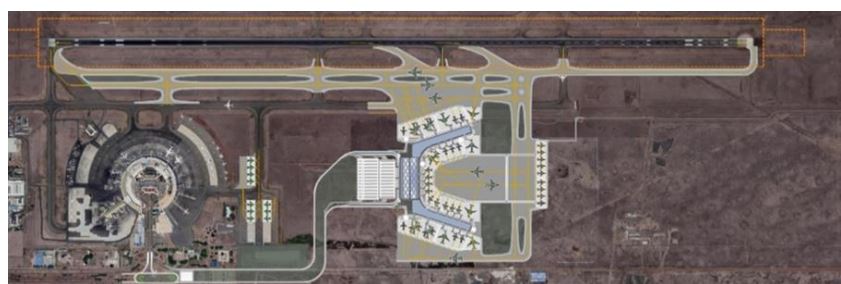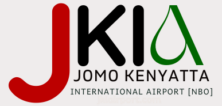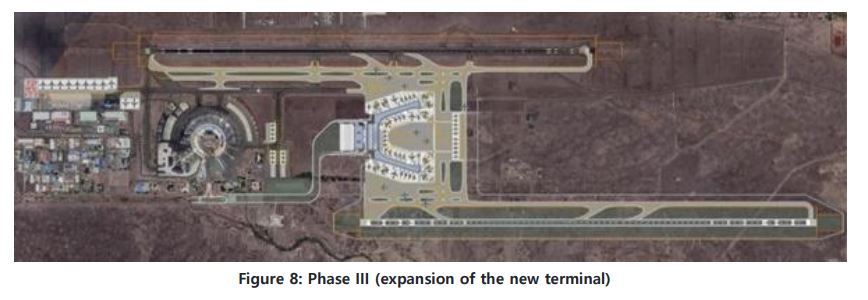Visitors intending to reach the official website should visit kaa.go.ke
The expansion of Jomo Kenyatta International Airport (JKIA) involves significant infrastructure upgrades, including the construction of a new passenger terminal and a second runway. Based on the ALG advisory report, these upgrades are critical to meeting the future demands of increasing passenger and cargo traffic.
Location of the New Terminal in Relation to Existing Terminals
The proposed new terminal will be located to the east of the existing terminals, as depicted in the first image. The current terminal complex (which includes T1A, T1B, T1C, T1E, and T2) will remain operational until the new terminal is completed. The new facility is intended to replace T1E and T2, both of which were constructed as temporary infrastructure. These terminals will be decommissioned in Phase I of the expansion plan, allowing space for the new terminal.

The new terminal will serve as the central processing hub for both domestic and international flights, improving passenger flow and operational efficiency.
Key Features of the Expansion Plan
Phase II of the expansion, scheduled for completion by 2037, includes the construction of:
- A second runway, spaced 1,580 meters from the existing runway, to allow for independent operations. This addition will significantly boost JKIA’s capacity for air transport movements and reduce delays.
- Expansion of the existing terminal, to make up for the lost arrivals capacity after T1E and T2 are decommissioned.
- A new system of taxiways associated with the second runway, enabling smoother aircraft movement on the ground.

Long-Term Vision for the Runway System
The design of the new runway and its placement will allow for the future construction of a third parallel runway. Although this third runway is not anticipated during the studied period (up to 2054), its inclusion in the long-term plan ensures that JKIA will have sufficient runway capacity well into the future. The space allocated for the third runway is 1,035 meters from the second runway, ensuring that all runways can operate independently, maximizing efficiency.
Capital Investment Breakdown
The total investment required for the airfield, terminals, and access roads has been estimated at $1.63 billion (USD), as shown in the second image. The primary investment categories include:
- Runway system: $174.3 million
- Taxiway system: $338.1 million
- Passenger Apron: $217.3 million
- Cargo Apron: $70.3 million
- Terminal building: $721.4 million
- Ground access and car parking: $70.1 million
- Other infrastructure and equipment: $39.4 million
These costs reflect both the need to expand capacity and maintain or replace existing infrastructure, such as the existing runway, which will require ongoing maintenance.
Why the New Terminal is Part of Phase II
According to the ALG report, building the new terminal in Phase II is a strategic decision that addresses both current and future capacity constraints. As passenger volumes increase and the temporary terminals (T1E and T2) are phased out, the new terminal will ensure that JKIA can handle the growing demand without compromising service quality.
Furthermore, the expansion of the terminal infrastructure will align with the additional runway capacity, allowing for efficient processing of increased passenger and cargo traffic. This integrated approach to terminal and runway development ensures that JKIA remains competitive as a major regional and international hub.
Conclusion: JKIA’s Future as a Leading Airport
The proposed expansion, particularly the construction of the new terminal and second runway, is critical to JKIA’s long-term growth and success. By investing in this infrastructure, Kenya positions its primary airport as a world-class facility capable of meeting future demands while maintaining operational efficiency. Phase II of this plan not only addresses current capacity shortfalls but also lays the groundwork for future expansions, ensuring JKIA remains a key player in global aviation.

